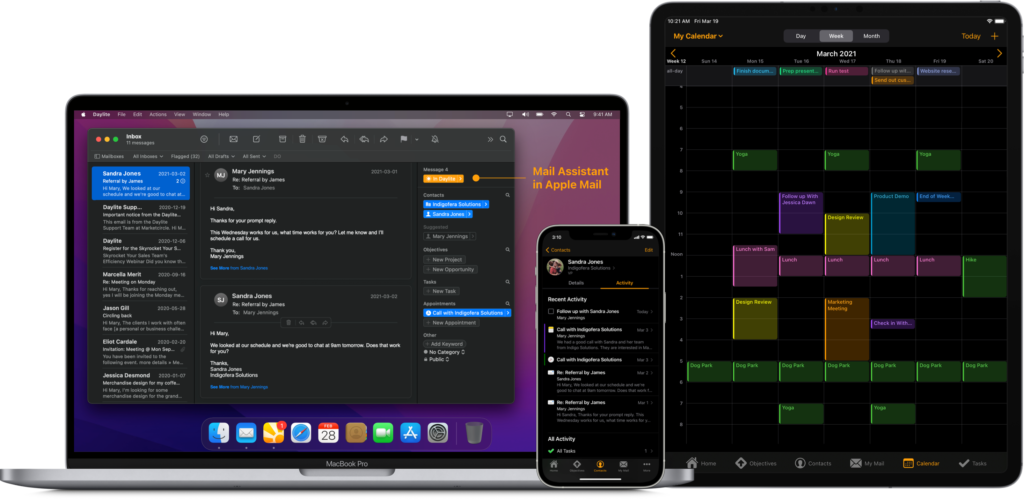I recently took a flight and following touchdown, a crew member made a surprise announcement: this landing marked our captain’s final flight after 30 years piloting aircraft. We all applauded. As we disembarked, the captain stood in the aisle, offering each passenger a farewell.
When it was my turn, I congratulated him. I actually thought about what I’d say. “I hope your next adventure is as exciting as this one was.” His eyes met mine, serious and somber, as he quietly replied, “This was it.” I was swept onward by the flow of passengers, but he held my eye for just a moment longer. The sadness on his face has stayed with me.
Life is full of transitions. I’ve faced many — shifting careers, watching my kids grow up, leaving behind the identity I had built as a lawyer. Most big changes in life aren’t surprises. Retirement doesn’t sneak up overnight, and children don’t grow up in secret. Yet, some of us still find ourselves flat-footed when life’s inevitable curves appear. It’s tempting to ignore change, to stick our heads in the sand, pretending it’s far away, until suddenly we’re facing a stark realization: “This was it.”
I’ve written before about the importance of continuously Knitting Your Parachute. Asking yourself often, “What’s next, and how do I make that work?” is a practice I deeply believe in. It’s an approach that keeps hope alive, turns anxiety into anticipation, and keeps you engaged with life.
This week, I encourage you to spend a few quiet moments reflecting: What’s your next move, and how can you embrace it? Whether you’re graduating, shifting careers, or facing retirement, don’t wait until change feels overwhelming. Life’s bends in the road are inevitable, but how we meet them, that’s entirely up to us.
Let’s commit never to find ourselves in a position where we have to quietly say, “This was it.”
It’s stories like this that led me to make the Productivity Field Guide.



